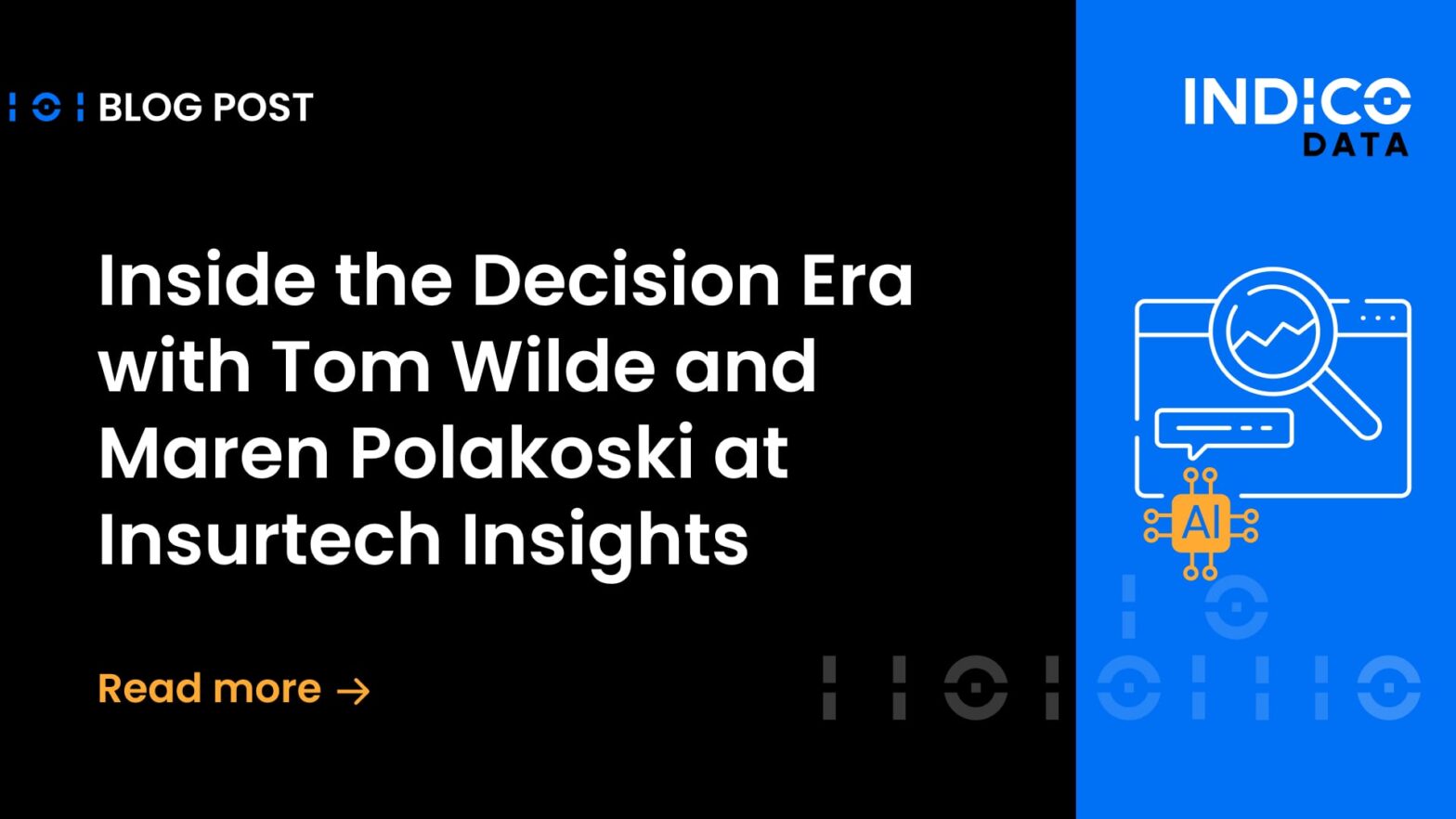In 2017 a UK-based regulatory group announced the LIBOR interest rate benchmark would be phased out at the end of 2021. With that date rapidly approaching, banks and financial institutions around the globe are scrambling to determine their exposure – a task that’s tailor-made for intelligent automation solutions.
How we got here: LIBOR background
Since the mid-1980s LIBOR, which stands for London Interbank Offered Rate, has been used to set interest rates for various sorts of loans. It’s now used as the benchmark rate for many variable-rate loans and bonds, including commercial loans, mortgages, student loans, credit cards and more. It is set by a group of participating banks and is intended to reflect the rate at which banks lend money to each other.
But in the wake of the 2008 financial crisis, some banks began manipulating the rate, leading to fines of billions of dollars and even jail time for one Swiss trader. Now the industry is in the midst of a transition to new benchmarks, such as the Secured Overnight Financing Rate (SOFR) in the U.S. and the Euro Short-Term Rate (ESTER) in the EU.
That means financial institutions need to find all the loans in their portfolios that are based on LIBOR and determine what their exposure is. If the loan is due to mature before the end of 2021, all should be well. If not, they need to switch to a new benchmark, write a new loan – or something.
“It is clear that the move away from LIBOR as a benchmark index has been and will continue to be disruptive and at times confusing,” according to a paper by State Street Global Advisors (SSGA). “But the regulators have confirmed that this move will happen, so identifying exposure and transitioning those exposures to a new benchmark will require extraordinary planning and collaboration.”
Consider, for example, a floating-rate bond based on LIBOR. Typically, bond terms can only be changed with a unanimous vote of all bond-holders, SSGA says, noting, “In many instances, this might not be possible.” Yeah, no kidding.
With the clock ticking, commercial banks and other financial institutions need to get to work on identifying any loans that reference LIBOR. One option is to have a team of humans pore over paper documents looking for relevant terms – an expensive, time-consuming proposition.
Related Article: 3 Use Cases for Document Processing Automation in Commercial Banking
A step beyond RPA for financial automation
Intelligent automation offers a better way. Financial services automation to date has largely consisted of robotic process automation (RPA) and templated approaches aimed at extracting relevant data from highly structured documents, such as spreadsheets. But the LIBOR use case requires companies take the next step to a more advanced financial automation approach.
Intelligent process automation tools use technologies including natural language processing and transfer learning that enable them to “read” documents much like a human would, including unstructured content.
In the LIBOR case, that means searching through thousands of documents looking for terms that indicate loans based on LIBOR. When it finds one, the tool can extract meaningful data, including the client name, account number, loan rate and maturity date, and enter it into another downstream tool. Now the financial institution can see in one place all the loans that may be affected by the LIBOR expiration.
To anyone familiar with RPA tools, that may sound like too much of a lift. But with their ability to intelligently “read” documents, even when it’s unstructured content, it’s right in the IPA wheelhouse.
IPA delivers speed and accuracy
With a good IPA tool, such as Indico’s, it takes only about 200 documents to train a model to perform an automated LIBOR search and data extraction process, with high accuracy & acceleration. That’s because Indico’s intelligent automation tool is based on a model with more than 500 million labeled data points, enough to enable it to understand human language and context – including LIBOR.
The clock is ticking on LIBOR. This is not a drill. You can hire a small army to manually pore over thousands of loan documents, or add an intelligent automation tool to automate the process – and be assured you’ll be done well before the end of 2021.
To learn more about how Indico IPA tools can help you meet the looming LIBOR deadline, download this white paper from experts at the Everest Group, “Unstructured Data Process Automation,” or contact us to arrange a demo.


